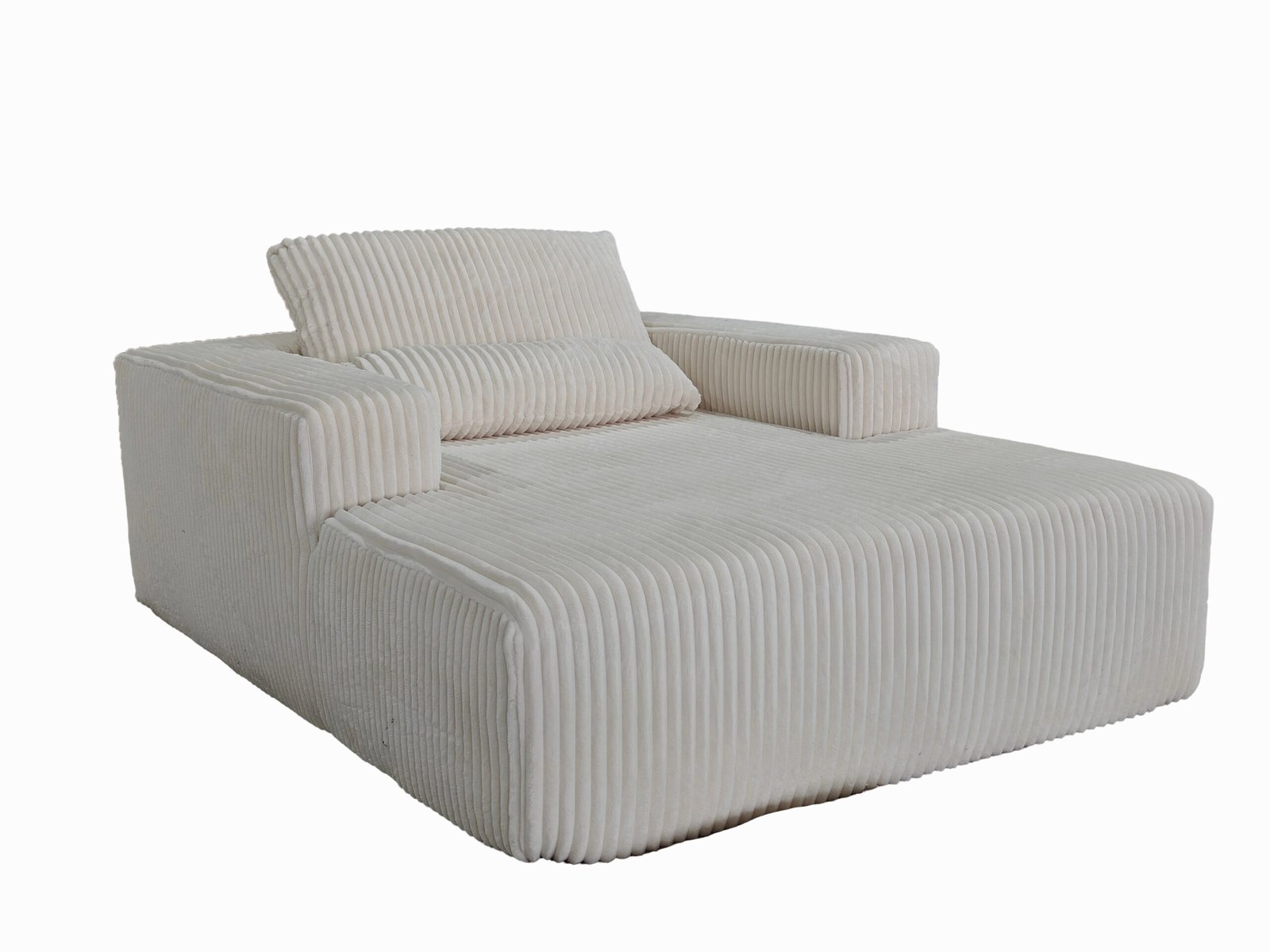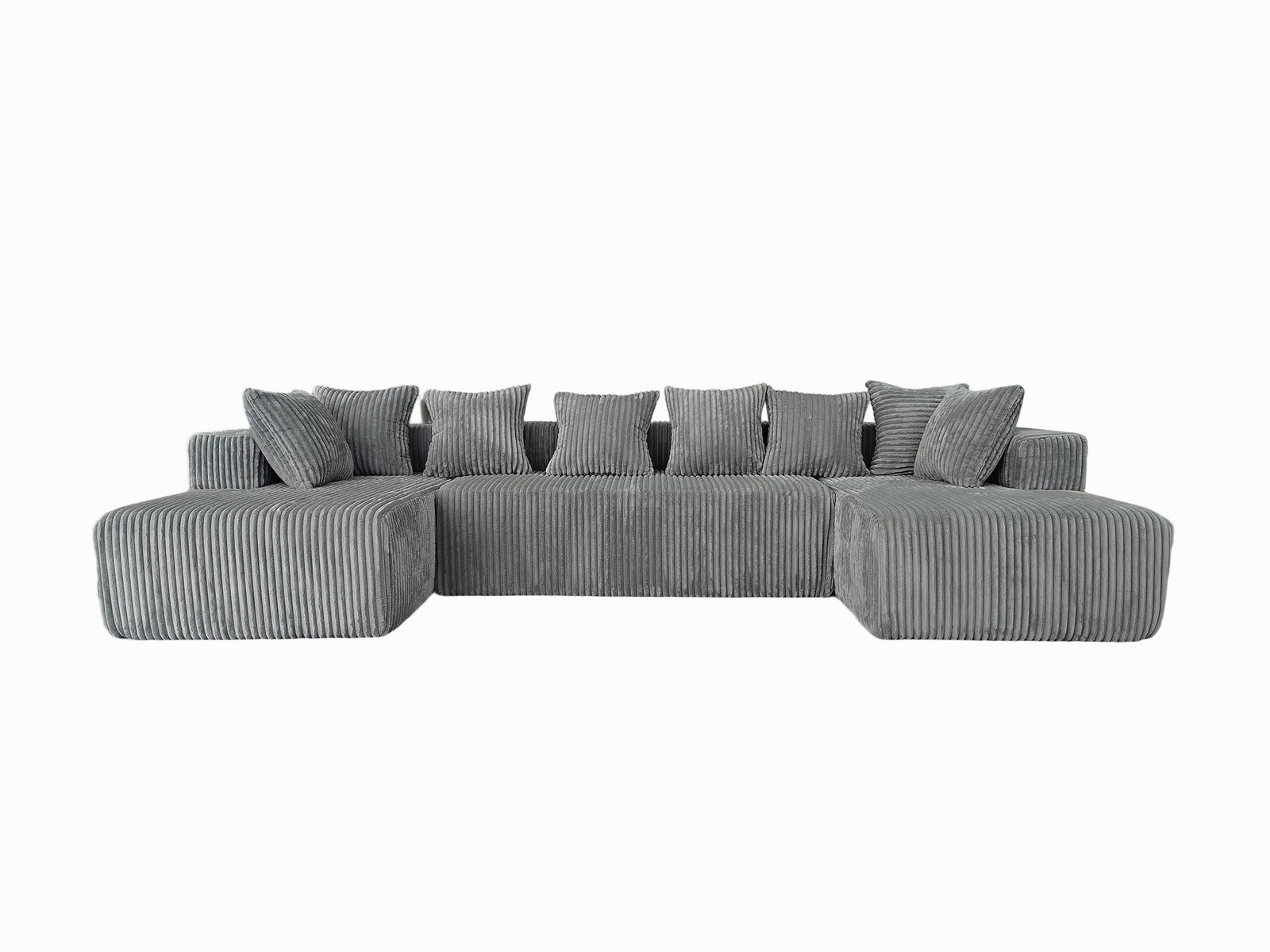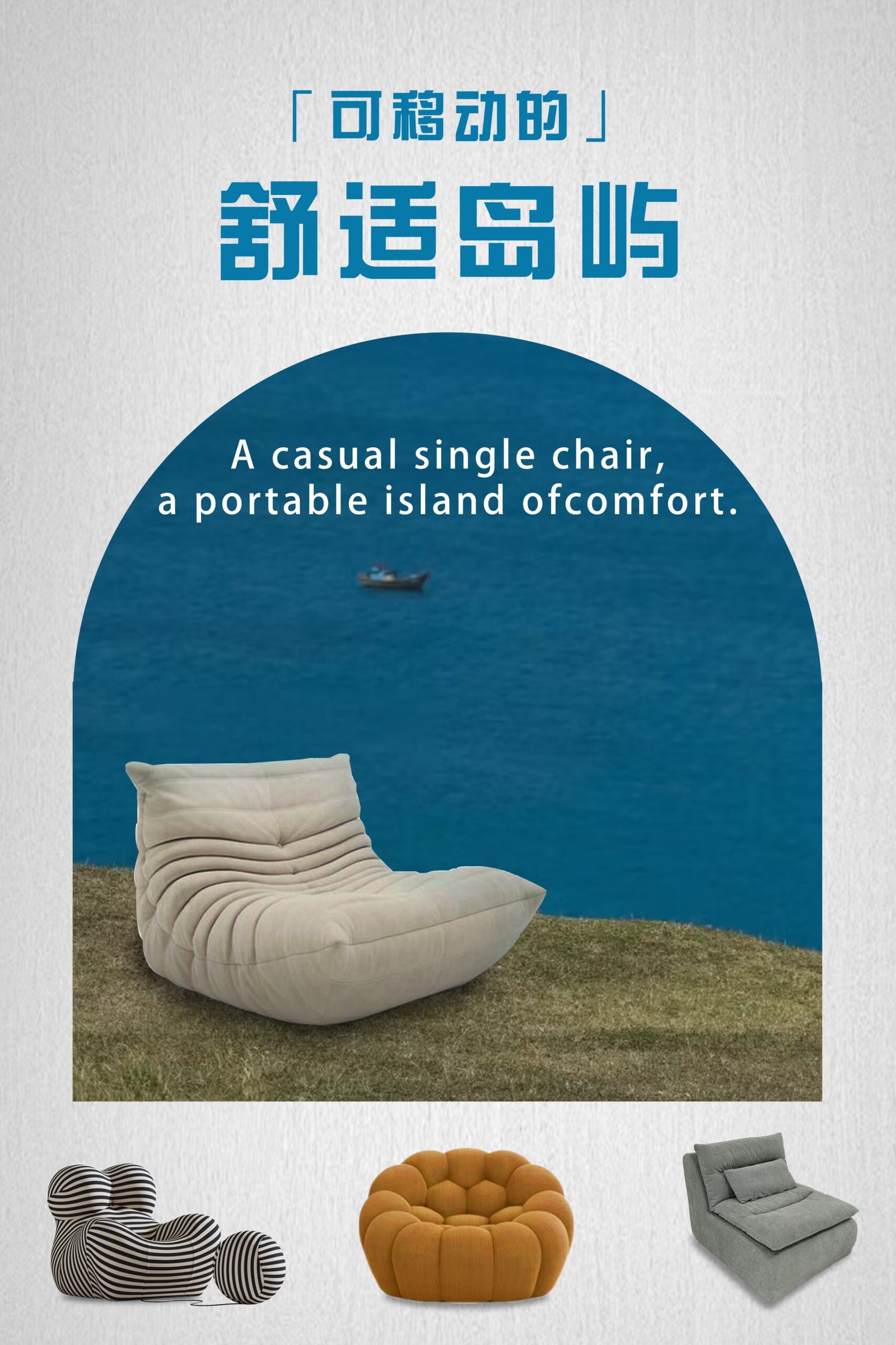
Sofas don’t just appear in homes—they’re designed, packed, shipped, and supported by a supply chain in motion.
Compressed sofa suppliers are the key link between design innovation and doorstep delivery—handling manufacturing coordination, logistics optimization, and retailer support.
They're not just middlemen. They’re the powerhouses keeping the space-saving furniture revolution moving efficiently.
How do compressed sofa suppliers fit into the furniture supply chain?

In the compressed sofa model, suppliers aren’t optional—they’re essential.
Suppliers sit between raw material sourcing and final delivery, managing design validation, compression tech, quality assurance, packaging, and logistics.
Typical compressed sofa supply chain flow:
Raw Materials → OEM Manufacturers → Compressed Sofa Supplier → Retailers / E-commerce / B2B Buyers → ConsumersSuppliers take the base sofa designs and:
- Adapt them for compression
- Ensure material specs meet expansion/recovery standards
- Oversee compression, testing, and packaging
- Arrange export documents and shipping schedules
What roles do suppliers play in manufacturing?

Manufacturers build. Suppliers refine.
Suppliers collaborate with factories to optimize frame structures, foam density, and fabric choices for compression compatibility.
At HSM, our engineering team works with 8+ factories to:
- Reduce frame weight while maintaining strength
- Select foams that expand fully in 24h
- Use pre-tested adhesives and vacuum-grade fabrics
Suppliers often co-own molds or R\&D labs to ensure consistency. This upstream involvement helps avoid delays, redesigns, or poor expansion rates after delivery.
How do suppliers impact packaging and compression?

This is where the magic happens—and where suppliers make or break a sofa's shipping success.
Suppliers oversee the final compression process, using proprietary or partner-based systems to ensure the sofa retains integrity post-expansion.
Key responsibilities:
- Calibrate vacuum pressure for different models
- Choose appropriate wrapping and box size
- Add QR codes and assembly instructions
- Include moisture-control and anti-burst layers
We at HSM can compress up to 40–50% of volume, depending on materials and size. Our packaging is tested for 48-hour vertical load and drop resistance.
What role do suppliers play in logistics?

Getting more sofas in fewer containers isn’t luck—it’s supplier logistics.
Compressed sofa suppliers lead container optimization, route selection, customs handling, and final-mile distribution.
Typical container gains:
| Sofa Type | Non-Compressed | Compressed (HSM Standard) |
|---|---|---|
| 2-Seater Sofa | 40–45 units/40HQ | 110–130 units/40HQ |
| Modular L-Shape | 20–25 units/40HQ | 60–70 units/40HQ |
Suppliers also coordinate:
- Export documentation
- Port-to-door delivery
- Warehouse coordination (local & overseas)
- Pre-shipment inspections
This level of control reduces costs by 20–60% for our clients, especially in peak season.
How do suppliers support e-commerce and retail partners?

You can’t grow a sofa brand without support—and suppliers deliver more than boxes.
Top compressed sofa suppliers provide marketing kits, tech sheets, lifestyle imagery, and customer service SOPs for Amazon sellers, retail chains, and dropshippers.
We offer:
- Branded packaging with insert cards
- 3D model files for online configurators
- SKU barcoding and warehouse mapping
- After-sales response templates
For retailers, this means faster onboarding, fewer returns, and better reviews. For suppliers, it means longer partnerships and higher volume reorders.
What challenges do suppliers face in the supply chain?

Being the “glue” of the supply chain means handling pressure from both ends.
Compressed sofa suppliers must manage factory delays, port congestion, fluctuating raw material costs, and shifting buyer expectations—all without compromising delivery timelines.
Biggest challenges:
- Foam price fluctuations (monthly contracts required)
- Shipping delays (especially during Q4)
- E-commerce demands for faster fulfillment (2-day ship or less)
- Warranty coordination across countries
We mitigate this by:
- Dual-sourcing foam and fabric
- Booking containers 30+ days in advance
- Using bonded warehouses in US/EU for top SKUs
- Training CS teams for localized support
How do suppliers contribute to sustainability goals?

Less air, less fuel, less waste—compressed sofa suppliers reduce the environmental footprint of home furniture.
By optimizing packaging and shipping, suppliers help reduce CO₂ emissions per unit, packaging waste, and excess inventory.
Typical eco-impact improvements:
| Metric | Traditional Sofa | Compressed Sofa |
|---|---|---|
| CO₂ per sofa (shipping) | \~22 kg | \~11–13 kg |
| Cardboard usage/unit | \~6–8 sqm | \~3–4 sqm |
| Storage footprint | 3x larger | Optimized stacks |
Some suppliers, like us at HSM, also offer:
- Biodegradable vacuum wrap
- Recycled foam options
- Flat-pack sofa frames with FSC-certified wood
Conclusion
In today’s fast-moving furniture world, compressed sofa suppliers are more than logistics links—they are strategic partners driving design, sustainability, and customer success. From factory to final mile, they keep the whole chain strong, flexible, and future-ready.